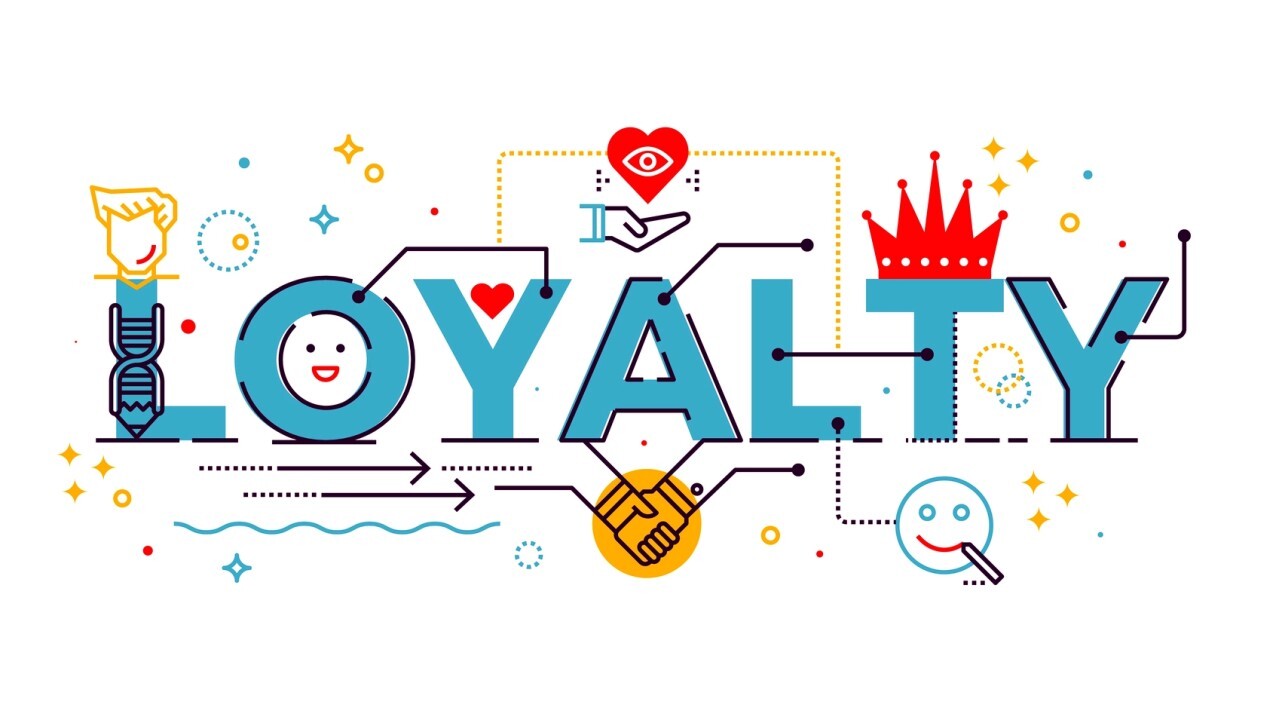| Posted on
A loyalty program is a advertising and marketing approach designed to inspire repeat commercial enterprise by means of worthwhile customers for their persevered patronage. Typically, customers earn points or rewards for purchases, which may be redeemed for reductions, one-of-a-kind gives, or special benefits. These applications intention to decorate purchaser retention, increase logo loyalty, and boost sales with the aid of creating a feel of value and appreciation amongst clients.

0
0 Comment
| Posted on
Loyalty programs have become a staple in the marketing strategies of many businesses, but what exactly are they? In an increasingly competitive market, companies are continually seeking ways to retain customers and encourage repeat business. A loyalty program is one of the most effective tools in achieving this goal. In this blog post, we’ll explore what loyalty programs are, the different types available, their benefits for both businesses and customers, how to create an effective program, and the challenges that come with implementation.
Definition of a Loyalty Program
A loyalty program is a structured marketing strategy designed to encourage customers to continue to shop at or use the services of a business associated with the program. These programs reward customers for their repeat business, often through points, discounts, or exclusive offers. The ultimate aim is to foster brand loyalty and increase customer retention.
Types of Loyalty Programs
1. Points-Based Programs
In points-based programs, customers earn points for every purchase they make, which can be redeemed for rewards or discounts. This straightforward approach allows customers to see tangible benefits from their spending, motivating them to return for more.
2. Tiered Programs
Tiered programs reward customers based on their spending levels, creating an incentive for them to reach higher tiers for better rewards. For example, a customer might receive basic benefits at the bronze level but unlock premium perks as they move up to silver or gold tiers.
3. Paid Membership Programs
Some businesses offer paid loyalty programs where customers pay a fee to access exclusive benefits and rewards. This model can create a sense of exclusivity and commitment among members, as they are investing in their relationship with the brand.
4. Coalition Programs
Coalition programs involve multiple businesses collaborating to offer shared rewards, allowing customers to earn points across different brands. This approach can enhance customer engagement by providing more opportunities to earn and redeem rewards.
Benefits of Loyalty Programs for Businesses
Implementing a loyalty program can significantly enhance customer retention and increase overall sales.
1. Increased Customer Retention
Loyalty programs help businesses keep customers coming back by rewarding repeat purchases. When customers feel valued and appreciated through rewards, they are less likely to switch to competitors.
2. Enhanced Customer Data Collection
These programs allow businesses to gather valuable data on customer preferences and buying behaviors. This information can be used to tailor marketing efforts and improve product offerings.
3. Improved Brand Loyalty
By fostering a sense of belonging and appreciation, loyalty programs can strengthen emotional connections between customers and brands. This emotional bond can lead to long-term customer relationships and advocacy.
Benefits of Loyalty Programs for Customers
Customers also stand to gain from participating in loyalty programs through various rewards and perks.
1. Exclusive Discounts and Offers
Members often receive special discounts that are not available to non-members, making their shopping experience more rewarding. These exclusive offers can make customers feel special and appreciated.
2. Personalized Experiences
Many loyalty programs use customer data to tailor offers and recommendations, enhancing the shopping experience. Personalized communication makes customers feel understood and valued.
3. Access to Special Events or Products
Loyal customers may gain early access to new products or exclusive invitations to events, adding value beyond typical shopping experiences. This exclusivity can make customers feel like insiders within the brand community.
How to Create an Effective Loyalty Program
Designing an effective loyalty program requires careful planning and consideration of customer needs.
1. Understand Your Audience
Knowing your target audience is crucial for creating rewards that resonate with them. Conducting surveys or analyzing purchasing data can help identify what motivates your customers.
2. Keep It Simple
A straightforward program structure makes it easier for customers to understand how they can earn and redeem rewards. Complicated rules can deter participation and engagement.
3. Promote Your Program
Effective marketing strategies are essential for raising awareness and encouraging sign-ups for the loyalty program. Utilize social media, email newsletters, and in-store promotions to inform customers about the benefits of joining.
Challenges in Implementing Loyalty Programs
While loyalty programs can be beneficial, they also come with their own set of challenges that businesses must navigate.
1. Cost Management
Businesses need to balance the cost of rewards with the benefits gained from increased sales and retention. An overly generous program may lead to unsustainable costs if not managed properly.
2. Keeping Customers Engaged
Maintaining customer interest over time can be challenging, requiring ongoing innovation in rewards and communication strategies. Regularly refreshing offers or introducing new tiers can help keep the program exciting.
Conclusion
In summary, loyalty programs can be powerful tools for both businesses and customers when designed thoughtfully and executed effectively. By fostering long-term relationships that benefit all parties involved, companies can enhance customer satisfaction while driving sales growth. As competition continues to intensify across industries, investing in a well-structured loyalty program may be one of the best decisions a business can make.
0
0 Comment
